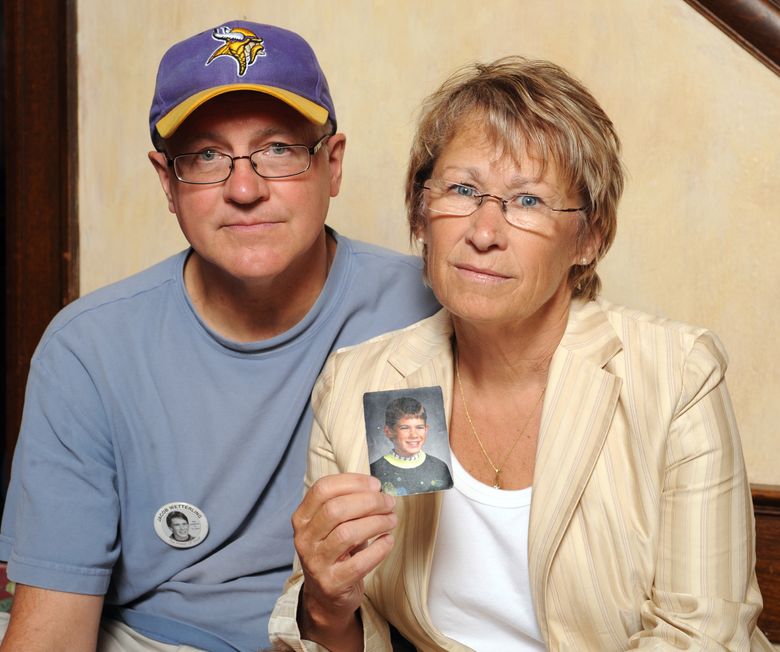The Surprising Reason Lego Wanted People to Stop Buying Its Toys
- by Enrique Stewart
- in Technology
- — Sep 7, 2016
Business has been so brisk at the world's most profitable toymaker that Lego past year did something unusual: It began looking for ways to discourage customers from buying its products.
The company said today that its sales in Asia and Europe have increased in the "double digits" for the first half of 2016, but growth in the Americas has been flat year-over-year. It simply couldn't make enough toys to meet demand in North America, and needed a break while it boosted capacity at its factories and increased its workforce by almost 25 per cent.
"In the U.S., we acknowledge that we have not provided the initiatives and support needed to keep the same high level of growth", said chief financial officer John Goodwin.
It pointed to established brands, such as Lego City and Lego Star Wars, being among its most popular products.
Sales increased 11 percent to 15.7 billion kroner and operating profit rose 1 percent to 4.66 billion kroner.
Lego says a major investment in staff and production capacity has driven a 2% decline in first-half profits.
Salem police increase patrols after clown sightings
A woman told a responding deputy that her son had "seen clowns in the woods whispering and making odd noises". The Winston-Salem police have responded to the report, but haven't seen any signs of any clowns in the woods.
However, he added that the company was working closely with its retail partners in order to ensure it goes into the holiday season of 2016 with all it levers pulled to return to its strong growth trajectory.
Lego continued its global investment programme in the first six months of 2016, with a new factory in Jiaxing, China starting to make parts and another in Monterrey, Mexico being expanded.
Lego's workforce jumped 24 percent to 18,500 people as the building block maker seeks to accelerate growth after already having doubled revenue and net income over the past four years.
LEGO increased its sales by over 15% on average each year over the past 12 years, with a growth rate of 25% during 2015.
"We are of course very excited about this development".



